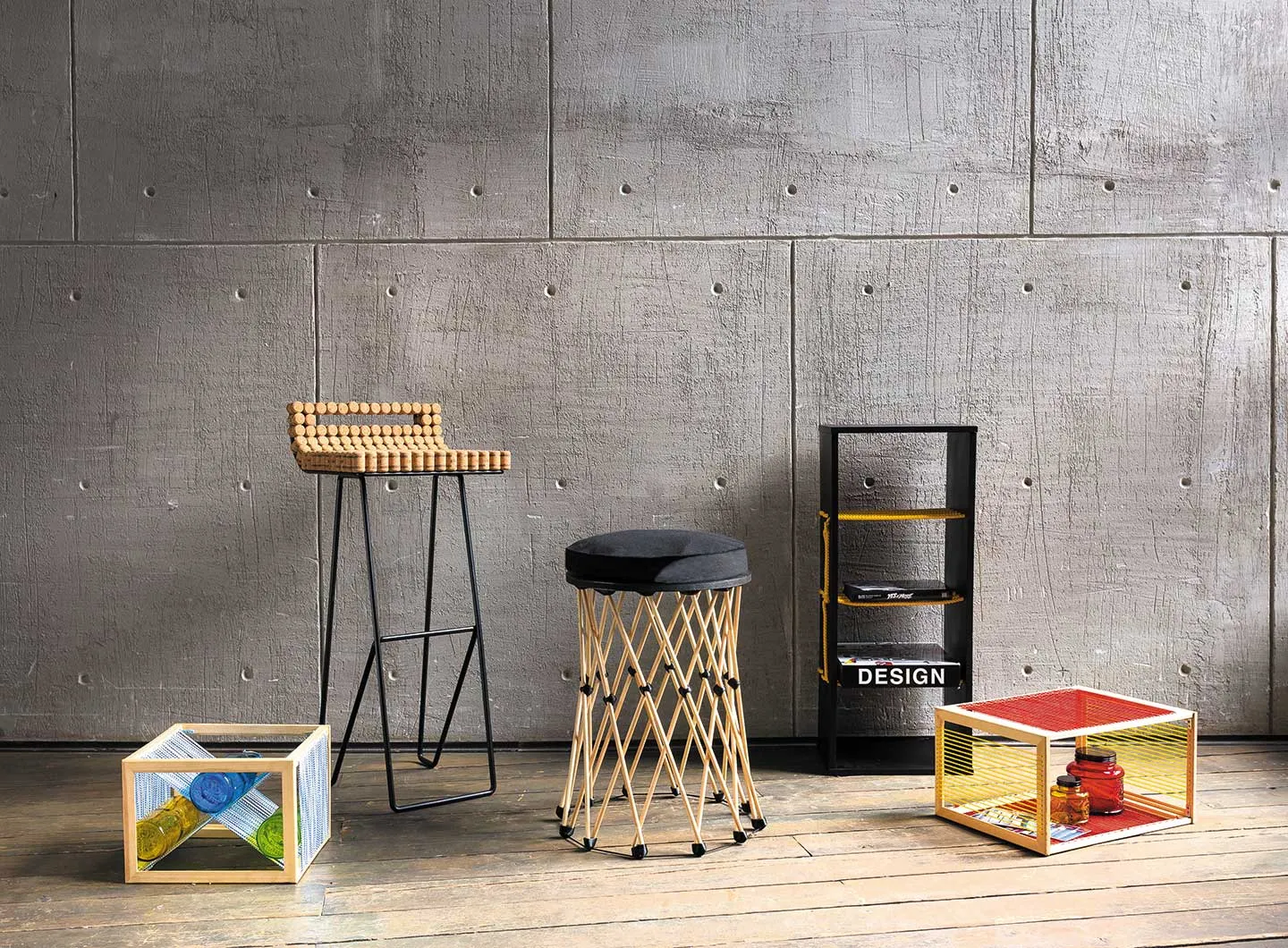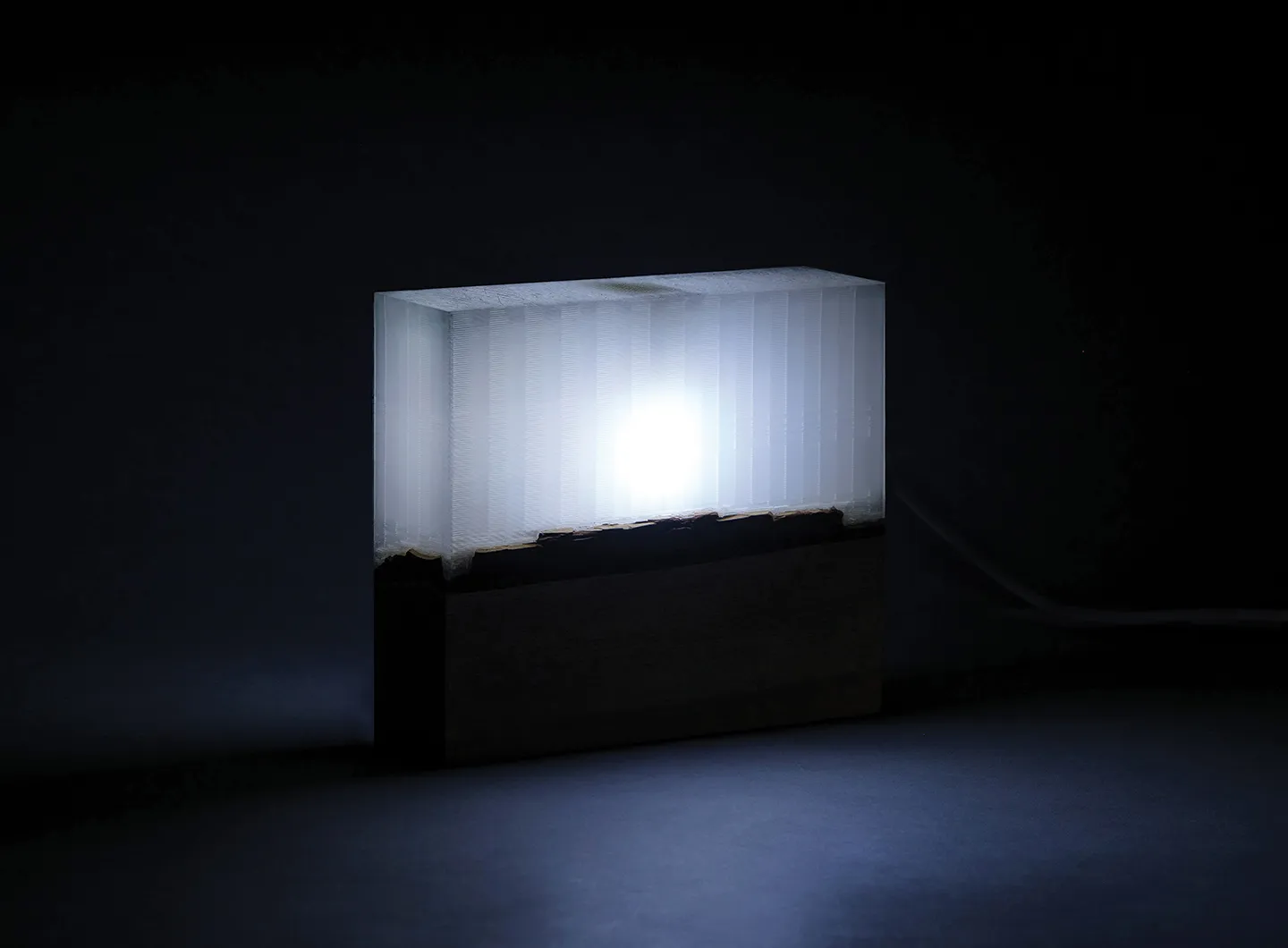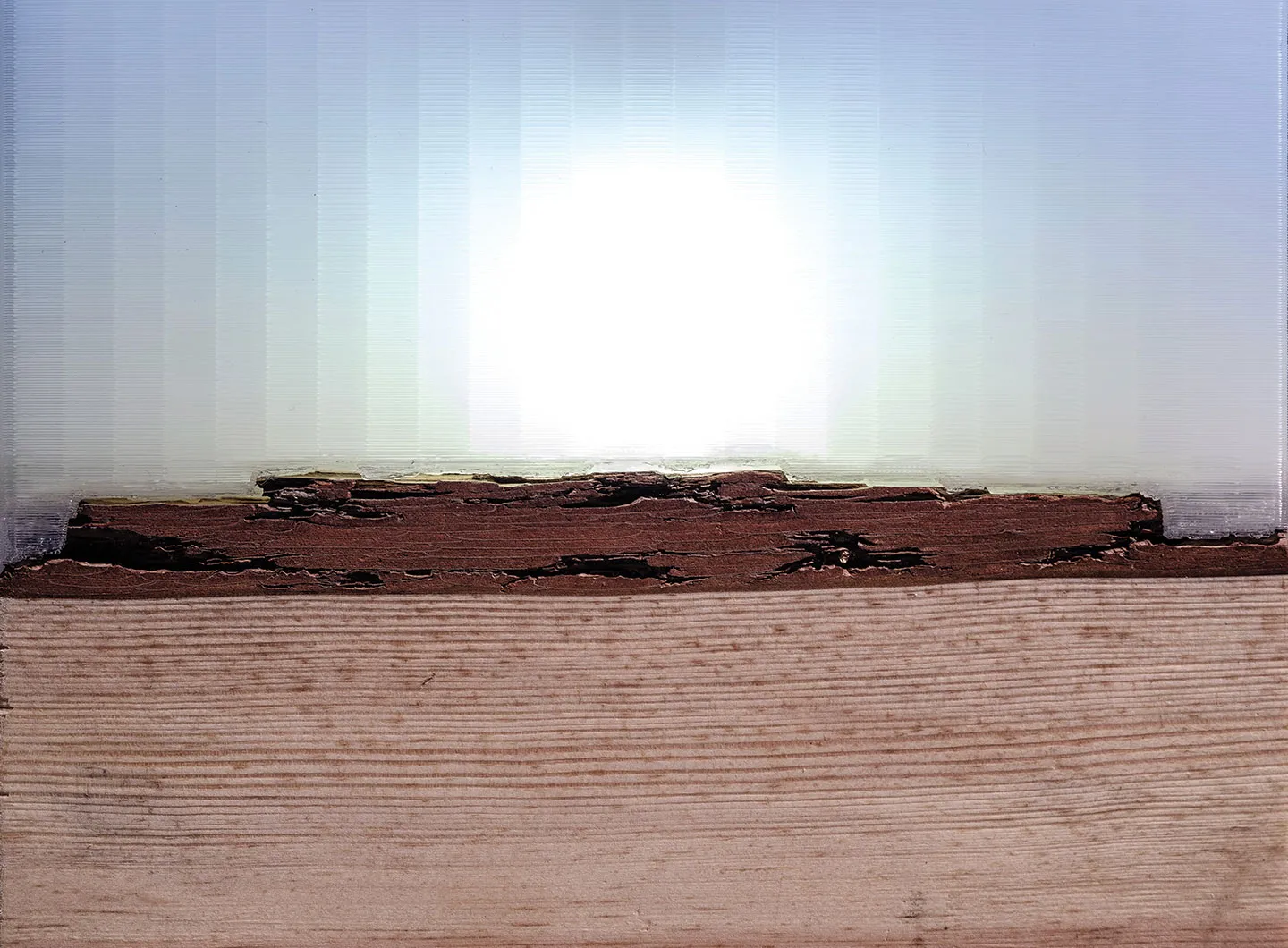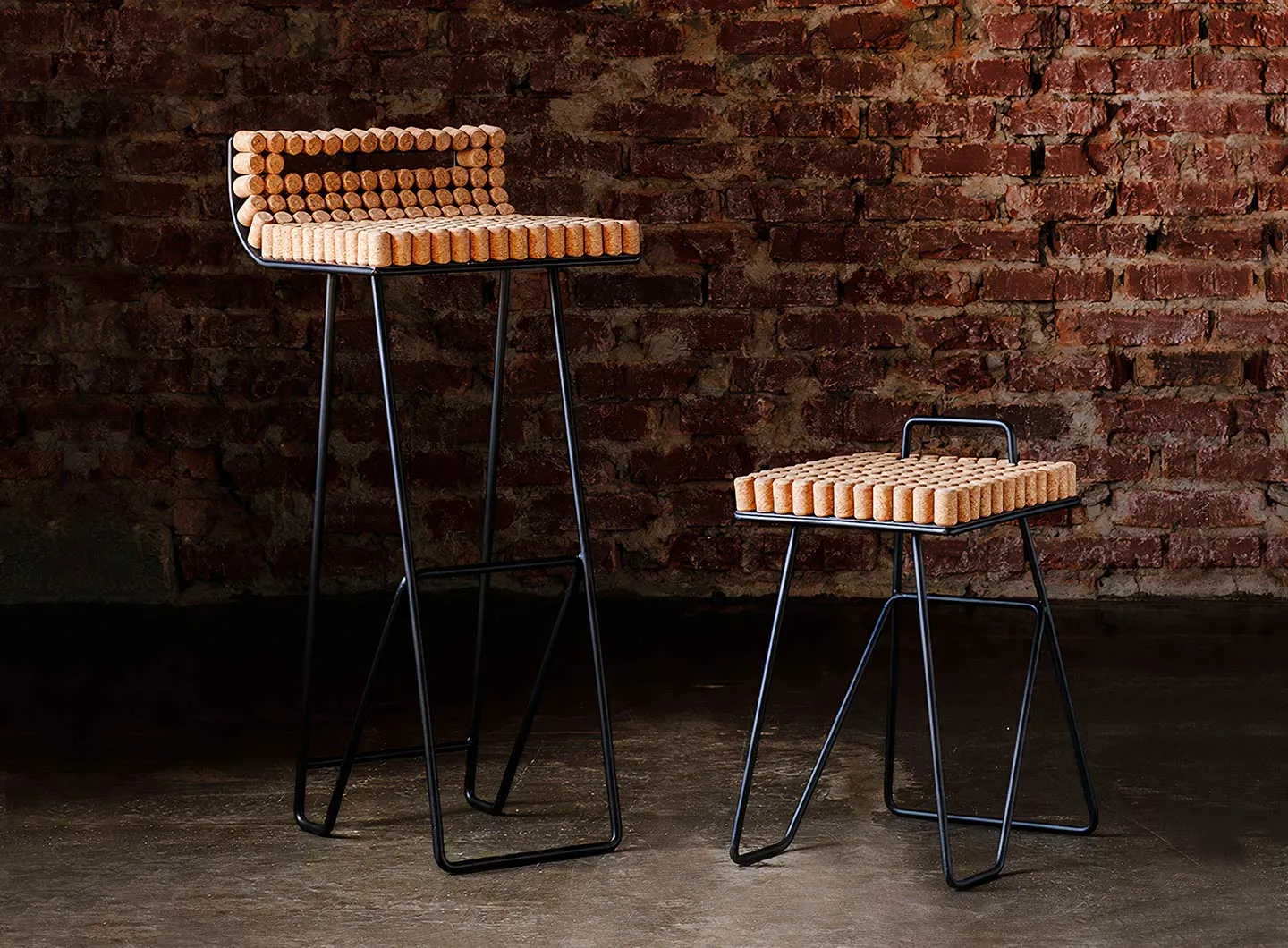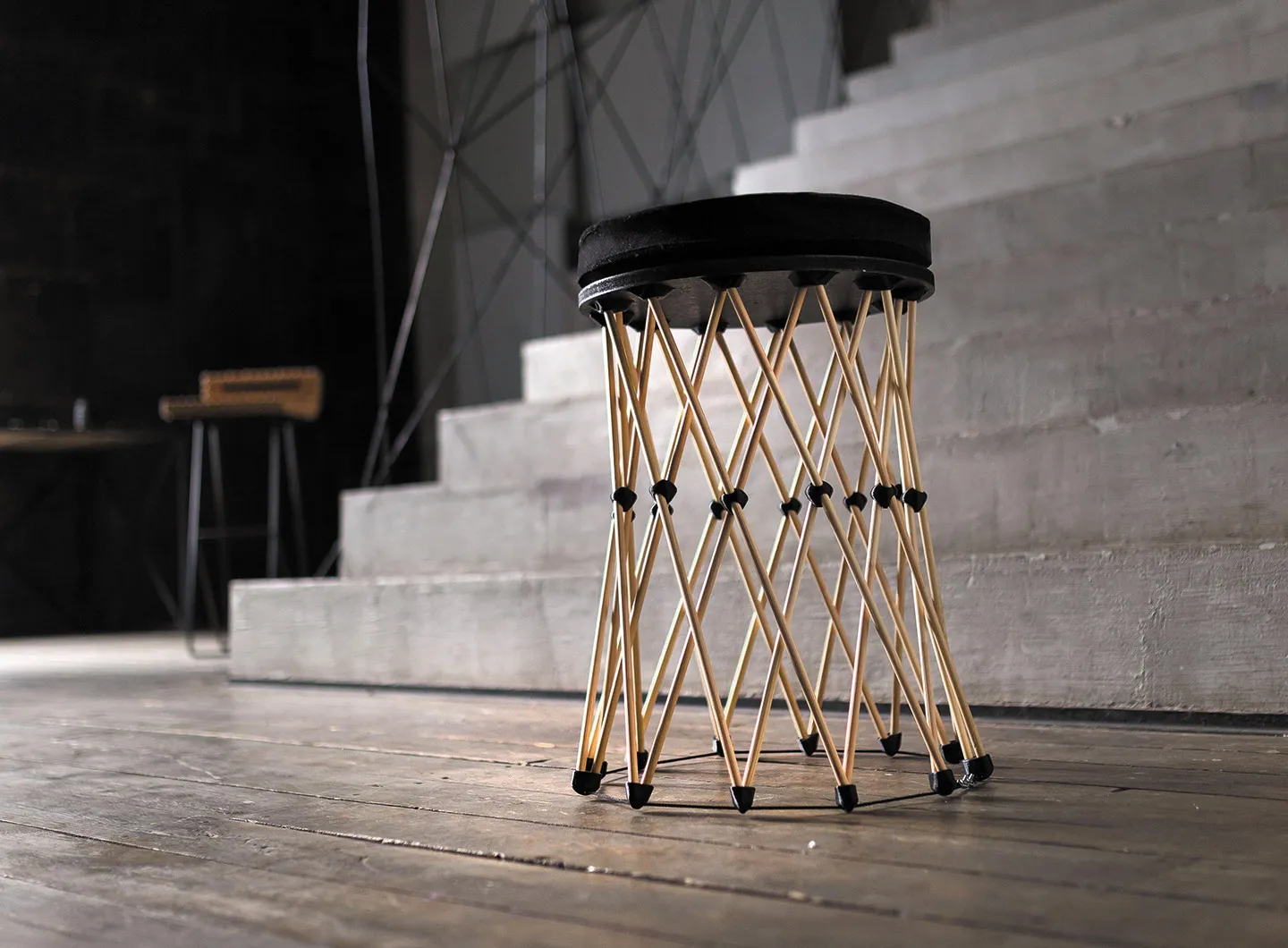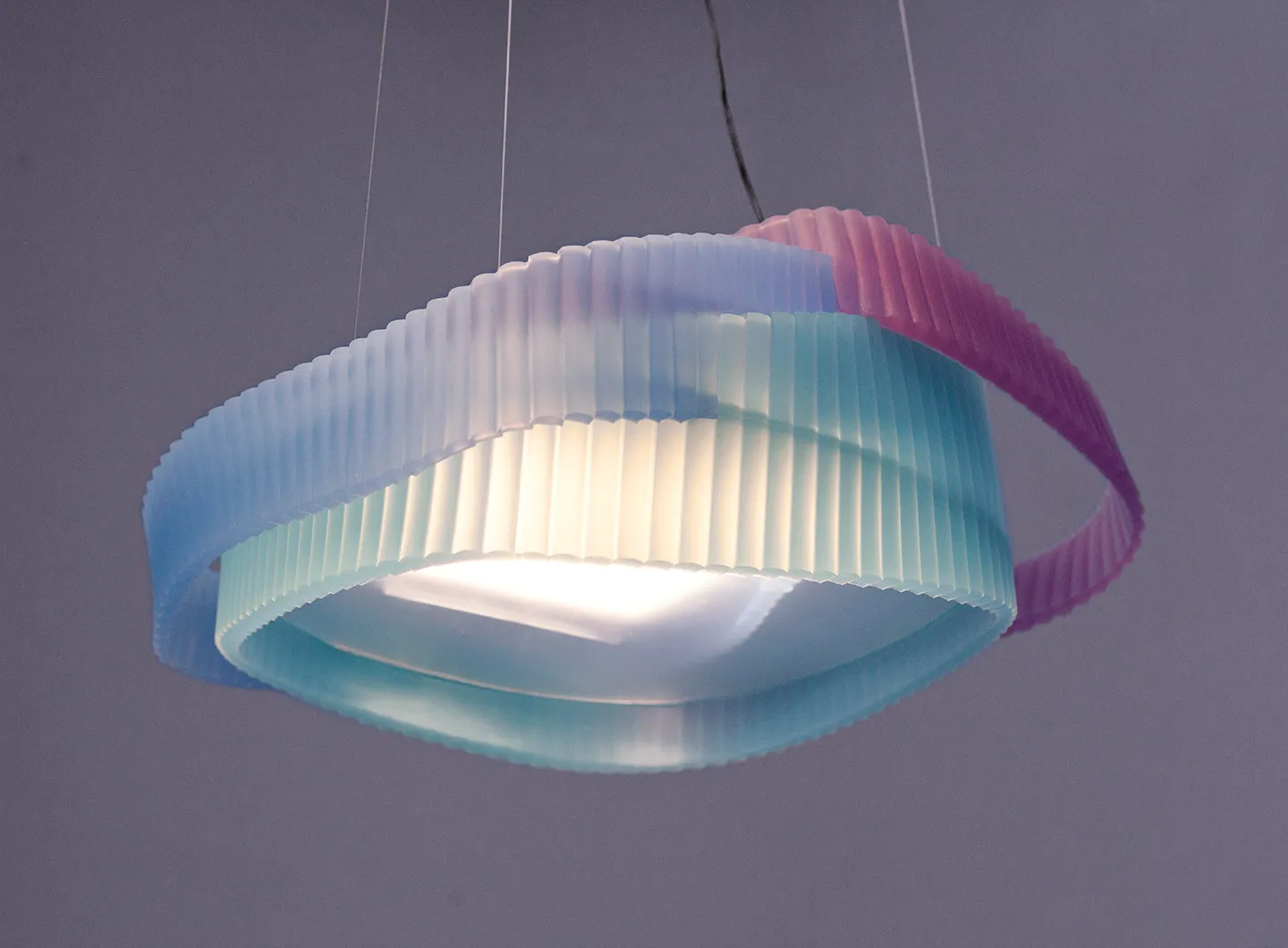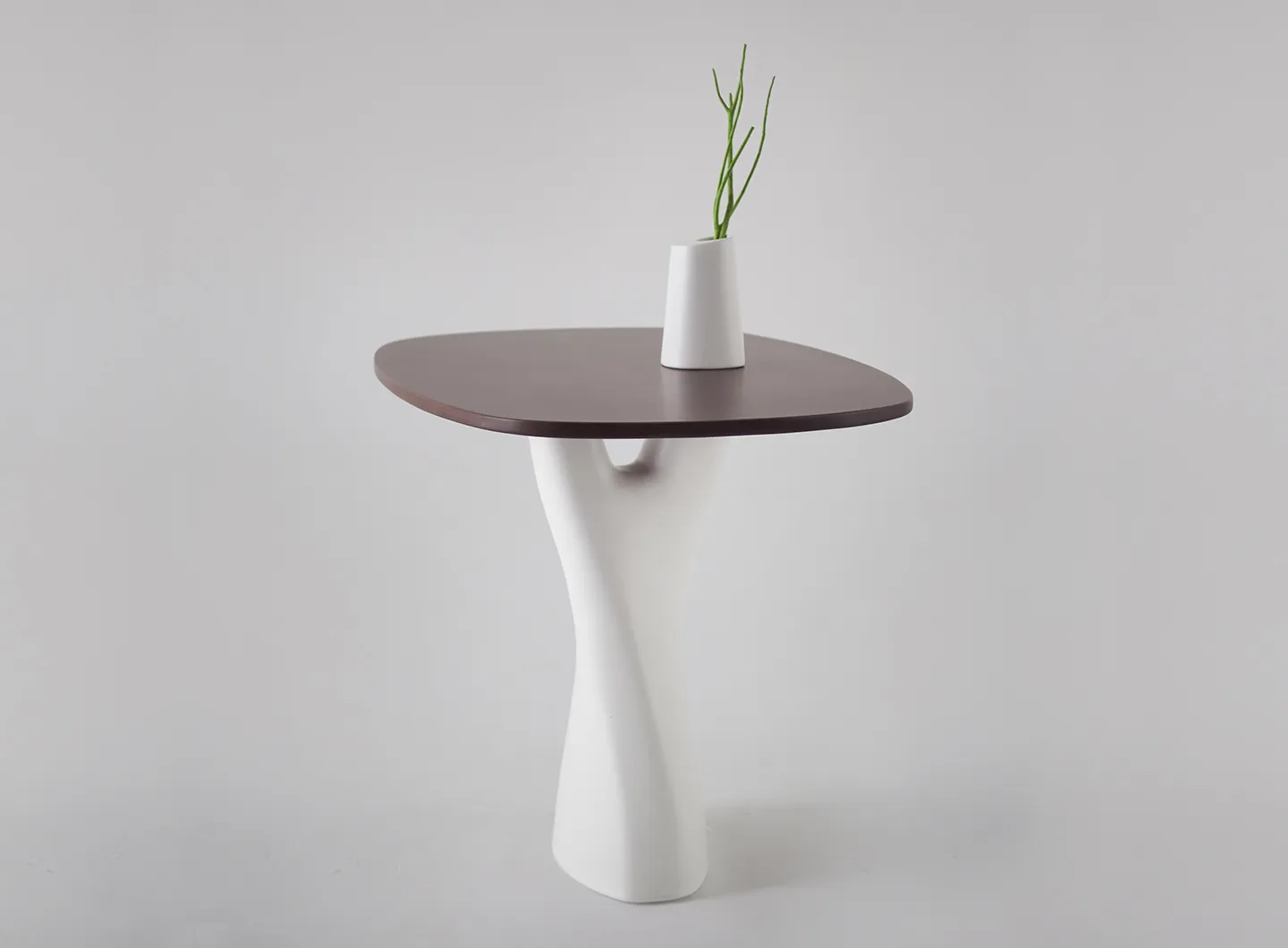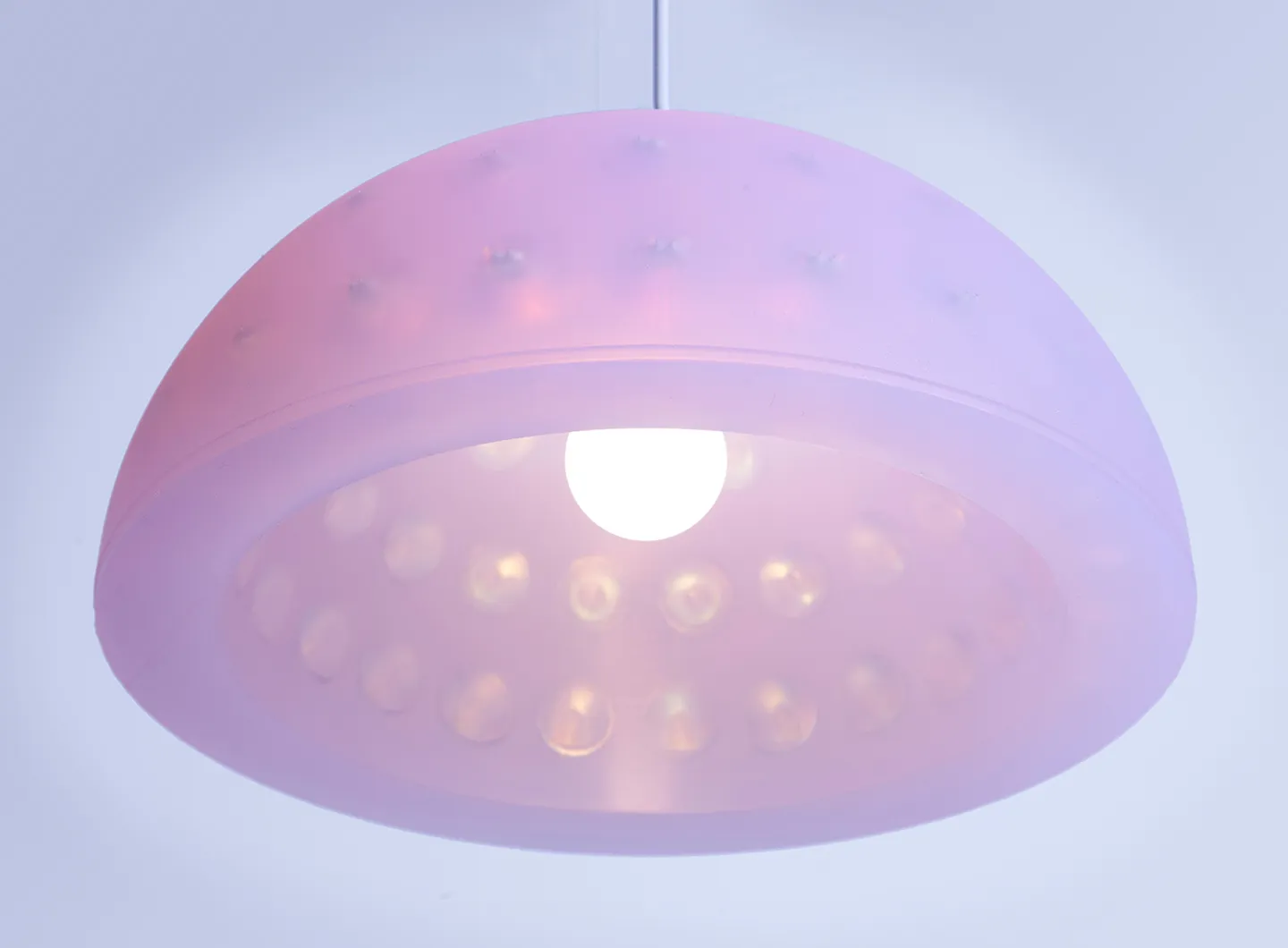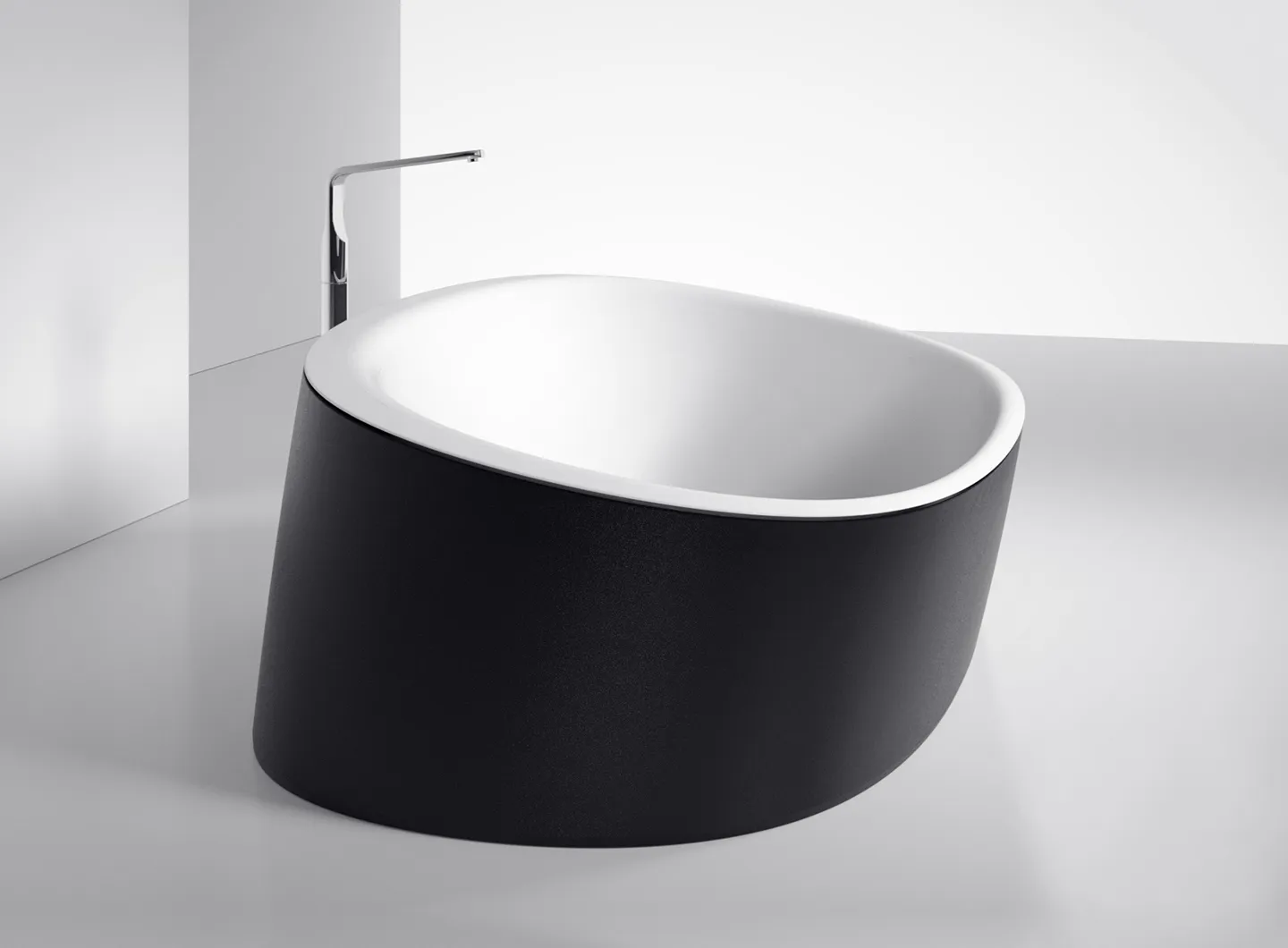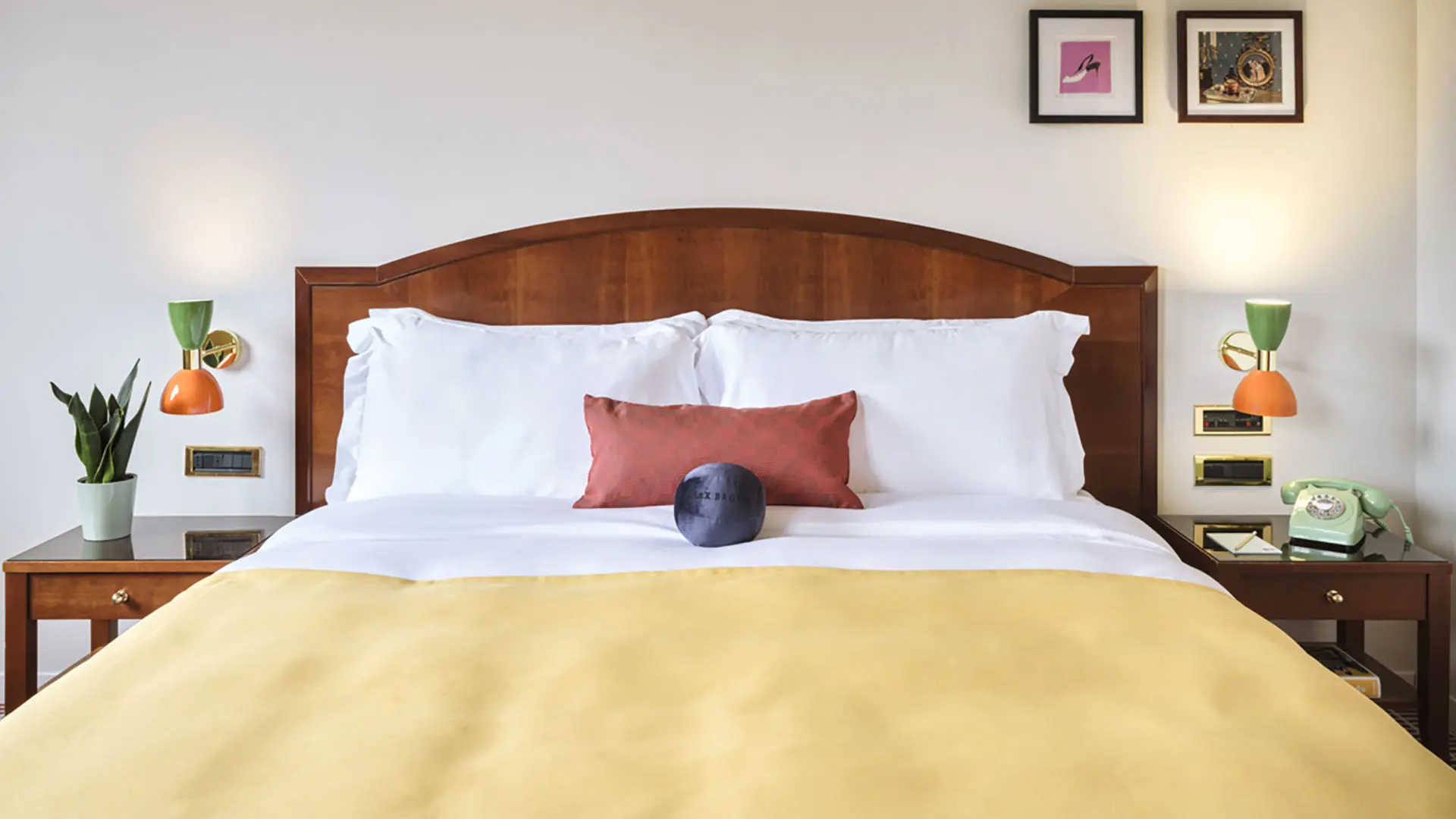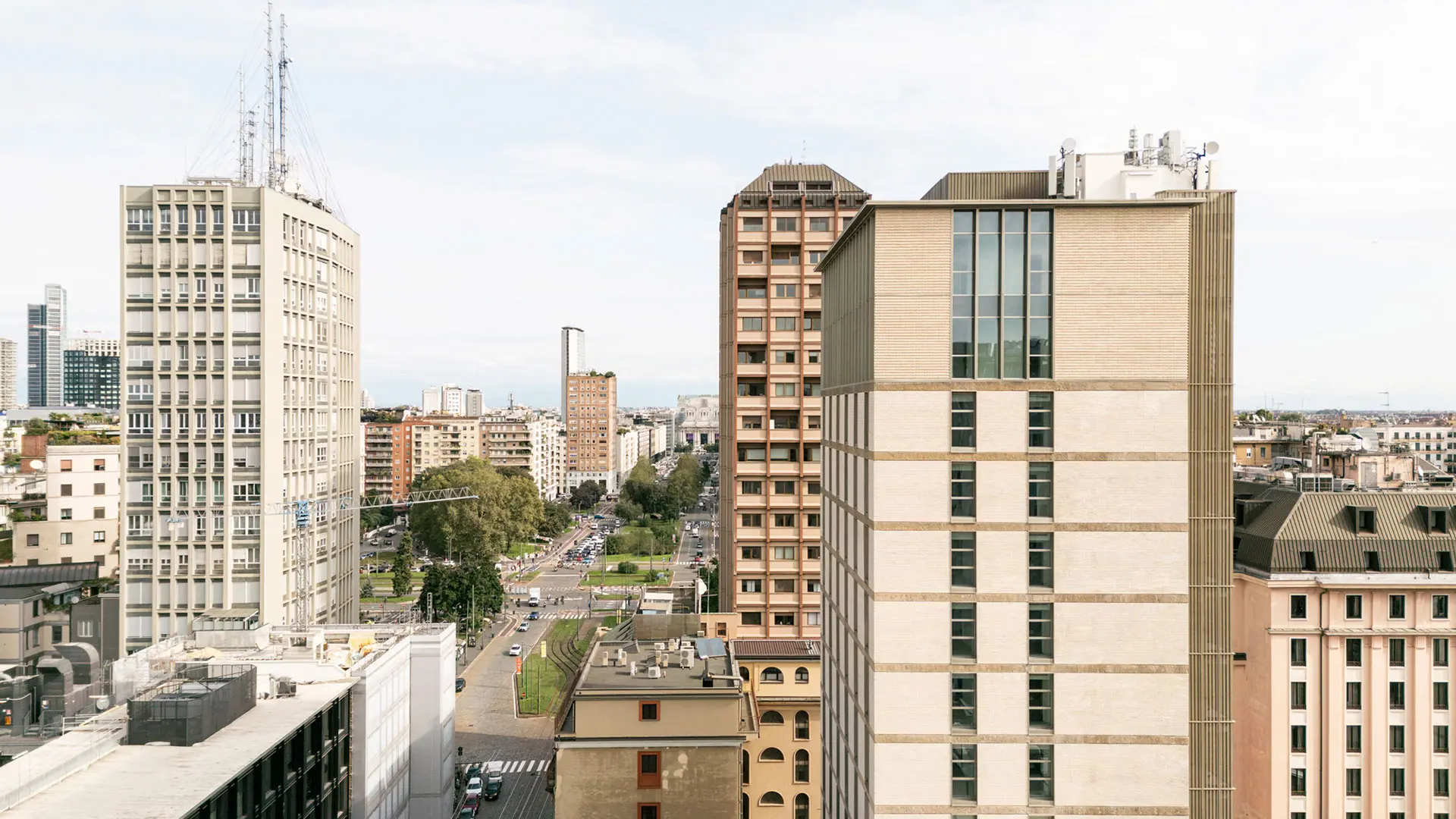In partnership with MiCodmc, a selection of establishments ripe for discovery during the 63rd edition of the Salone del Mobile.Milano, from 8th to 13th April
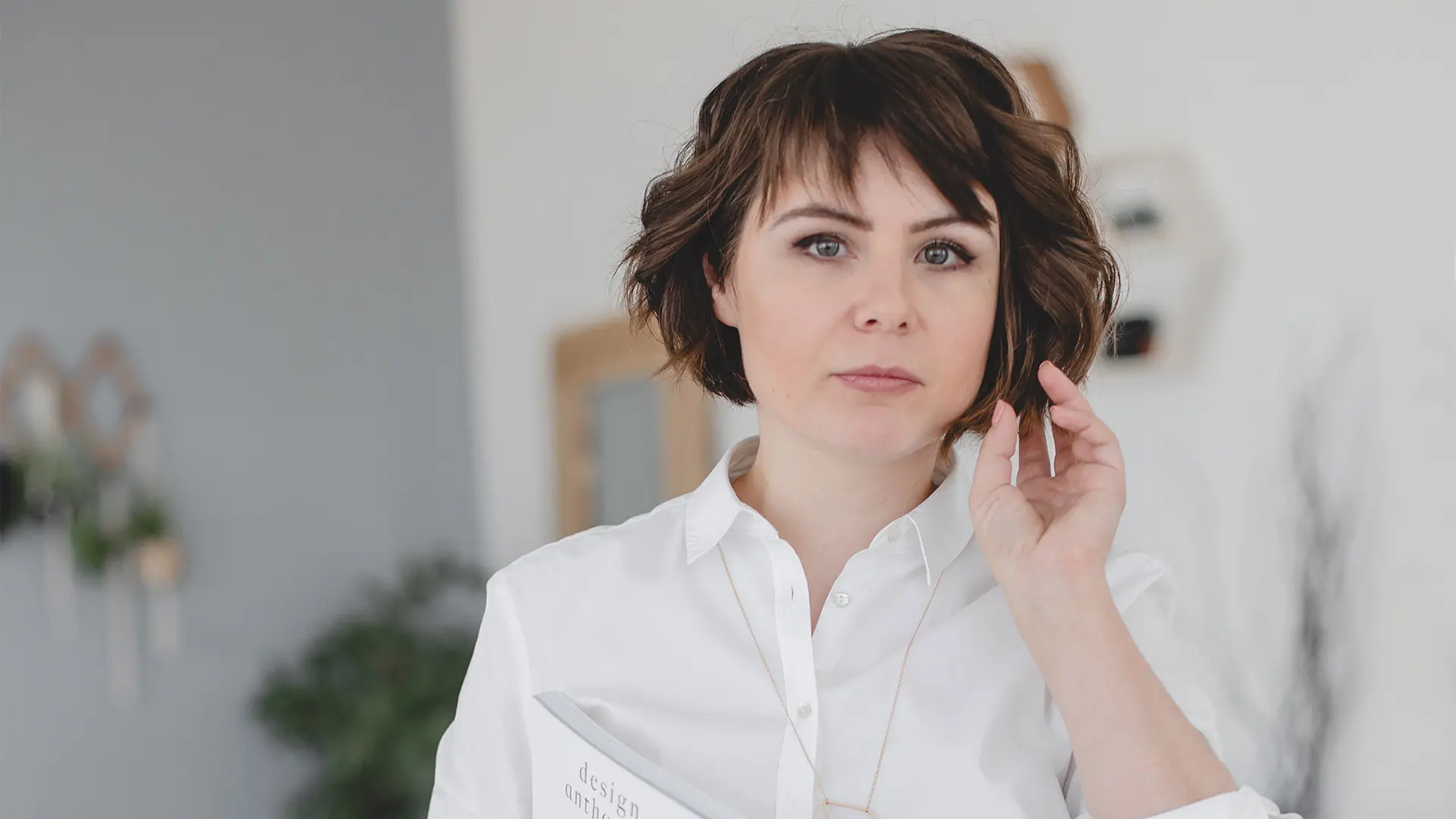
Photo by Irina Gavrilenko
A SaloneSatellite Moscow 2018 winner, she has given herself entirely over to design, experimenting with materials, techniques and marketing strategies. She is looking to design products and furniture in the future.
She lives and works in Moscow, in the studio she set up in 2013. She took part in the 2018 edition of SaloneSatellite Moscow, distinguishing herself with her designs and winning 1st Prize, which took her to the 2019 SaloneSatellite in Milan. She pursues unique avenues of research, coming up with pieces designed for serial production, and takes a 360° approach to design, experimenting with materials, techniques and marketing methods.
I adore working with different materials. Materials are hugely important. because they give you the opportunity to improve the concept and create the actual product. I believe, though, that the concept should come first and then the materials, as a means of production. Designers need to be familiar with different materials and technologies.
The Shukhov-stool is a tribute to the famous Russian architect Vladimir Shukhov. The Shukov tower, built in Moscow in the early 1920s, is a hyperboloid structure made up of a series of stacked hyperboloid sections that make for an approximately conical shape. The tower is famous for its diagrid structure, which enables it to withstand heavy loads. We decided to apply the same construction principle to a furnishing element. The Shukhov is made up of 24 structural wooden elements held together by 3D printed joints. It can be assembled, taken apart and flattened a number of times. It takes around 10 minutes to assemble.
Hako is a lighting concept that brings nature and technology together. They harmonise with each other inside the product, creating an unusual body of light, bright and powerful. Japanese master carpenters believe that a piece of raw wood is more holy and elegant than any piece of wood crafted by man. Inspired by this idea, we started this project with a real piece of 100-year-old solid pine, scanning its surface with a 3D scanner, and created the upper part of the lighting device with a 3D printer. The We used the the “groove-into-groove” principle of carpentry, which enabled the two pieces to be joined together without glue or nails with maximum precision. One of the typical Japanese methods for “blind joints” of this kind is called Hako Tsugi, which gave its name to the project. Thanks to the 3D printing technology, when the light is switched on, a subtle digital gradient of light allows the observer a glimpse of the internal structure. The screenshots provided by the 3D data reveal the precision and the complexity of the surface of the wooden bark seen in negative. As regards your question … I think there’s a lot of art involved in this project, reflection intertwined with modern technology. It celebrates the skill of Japanese carpenters and nature in a single piece. I hope people will want more and more projects like Hako, farsighted products that put pressure on industry.
I don’t really think they have had much of an impact on my career. They’re useful when you’re introducing yourself to a new audience or to new clients. They probably make you better known on the designer circuit too.
I think e-commerce rules the world these days. Designers should see e-commerce as a great opportunity for promoting their work and their sales. What’s important for designers today is to learn about marketing and to be prepared to promote their work online and offline.
I’ve loved Milan and Italy since then. Living in Milan completely changed my concept of design, it’s a city with huge possibilities and offers a great immersive experience. When I arrived from a traditional Russian school over 10 years ago, it felt like a Disneyland for designers. I still love coming to the Salone del Mobile and enjoying the variety of products and the magnitude of it.
At the moment I’m mainly concentrating on commercial projects, my interests go far beyond simply designing products or furniture. I’m involved with art direction for 2D graphics and interior and exhibition design. Speaking of furniture, I am also currently collaborating with a couple of brands. Top secret for now.
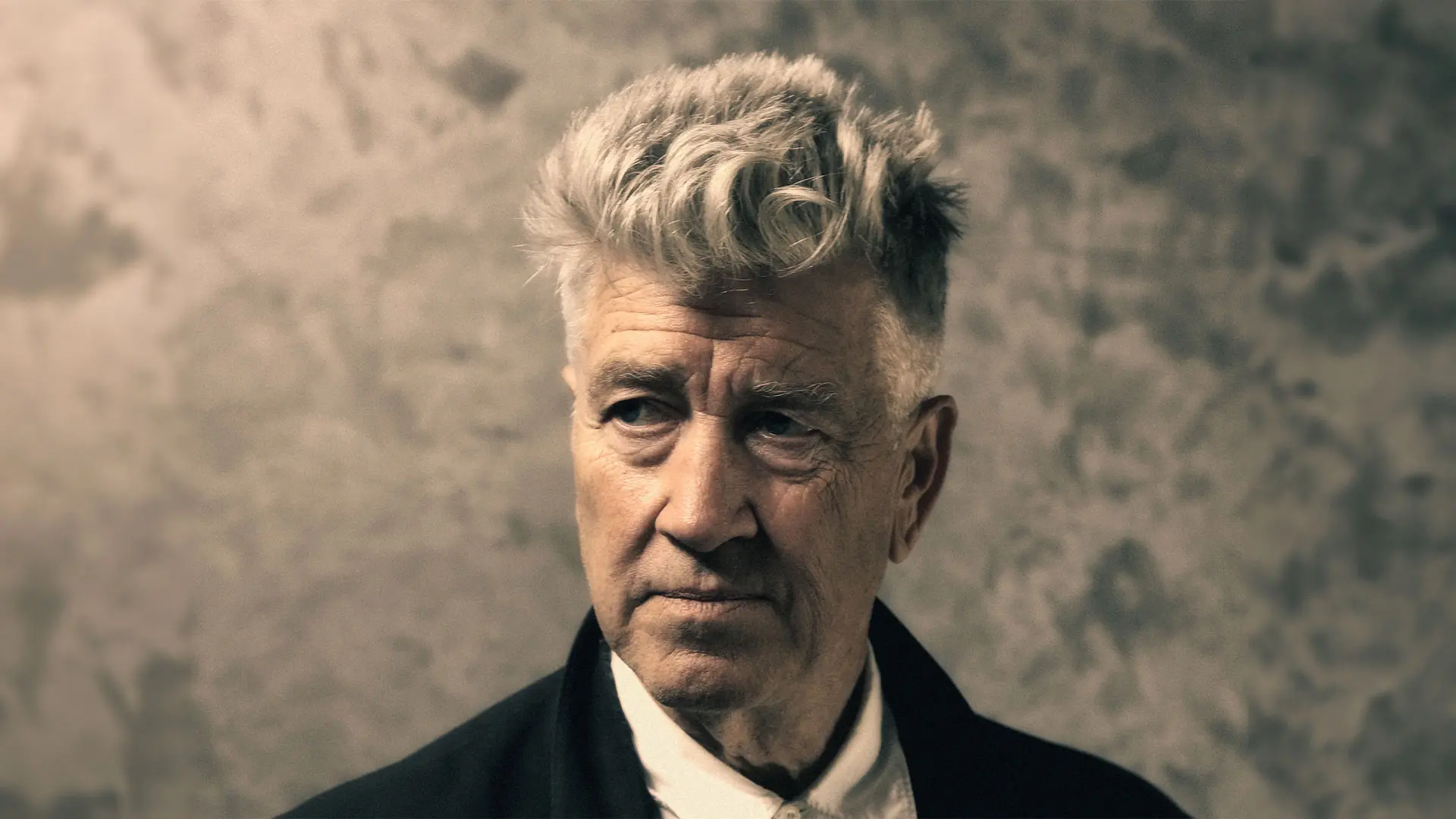
In memoriam: David Lynch
The American director has left us at the age of 78. The Salone del Mobile.Milano had the honor of working with him during its 62nd edition, hosting his immersive installation titled “A Thinking Room”. An extraordinary journey into the depths of the mind and feelings. His vision will continue to be a source of inspiration.



 Stories
Stories
